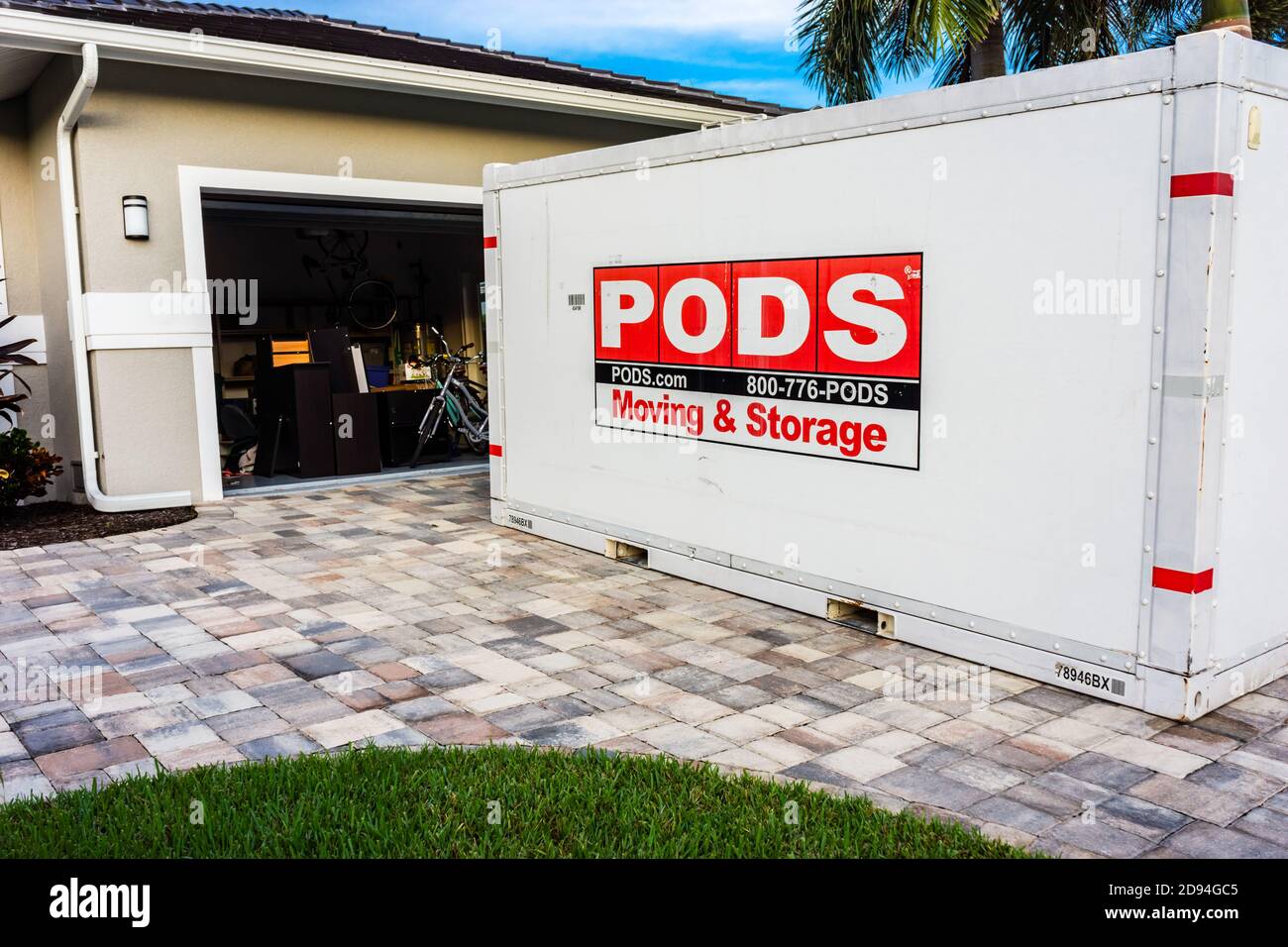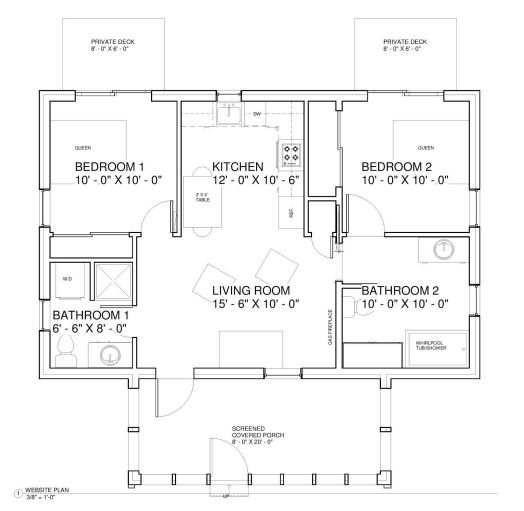Looking to streamline your move without the hassle of renting a truck? Enter PODS. In 2023, the cost of PODS services ranges from $349 to $549 for local moves and approximately $5,700 for cross-state journeys. These weather-resistant containers offer flexibility and potential savings compared to traditional moving services.
How PODS Moving Costs Are Calculated in 2023
When delving into the intricacies of PODS moving costs for 2023, understanding the calculation process is paramount. PODS, an acronym for Portable On Demand Storage, operates on a system that takes into account two primary elements: the distance of your move and the size of the container you choose.
1. Distance Traveled: The geographical span of your move plays a pivotal role in determining the overall cost. Long-distance moves, characterized by journeys covering significant miles or crossing state lines, require meticulous organization and an extended commitment from PODS professionals. This results in a costlier venture, considering the additional time and labor involved. On the other hand, local moves, encompassing distances less than 500 miles and not crossing state lines, prove to be more economical for both the moving company and the customer.
2. Container Size: Unlike some moving companies offering fixed container sizes, PODS provides flexibility with various container dimensions. The container sizes range from a compact 8-foot option to a more spacious 16-foot alternative. The size you opt for hinges on the extent of your belongings, with larger homes necessitating more expansive containers. Consequently, the choice of container directly influences the overall moving costs.
To further aid customers, PODS offers an intuitive online booking system. This platform enables users to preview pricing before confirming their moving date, providing a transparent view of potential expenses. By exploring different dates, individuals can gain insights into the probable costs associated with moving or storing their possessions using PODS.
In essence, PODS employs a dynamic pricing structure, adjusting costs based on the unique combination of your chosen container size and the distance traveled. This calculated approach ensures a tailored and transparent pricing system, allowing users to make informed decisions about their moving budget.
PODS Cost Breakdown: Decoding the Expenses in Your 2023 Move
Delving into the intricacies of PODS moving costs reveals a comprehensive breakdown that encompasses various factors influencing the final price. Here’s a detailed look at the elements that contribute to the overall PODS expenses in 2023:
1. Container Size Pricing: PODS offers three main container sizes for local moves across most regions. The dimensions and pricing for these containers are as follows:
- 8-foot Container:
- Base Rental Price: $159
- Delivery Fee: $109
- Total Estimated Cost: $268
- 12-foot Container:
- Base Rental Price: $189
- Delivery Fee: $109
- Total Estimated Cost: $298
- 16-foot Container:
- Base Rental Price: $219
- Delivery Fee: $109
- Total Estimated Cost: $328
It’s important to note that for interstate moves crossing state lines, PODS mandates the use of 16-foot containers exclusively. While these prices serve as estimates and might fluctuate based on specific circumstances, choosing a larger container generally results in higher moving costs.
2. Moving Distance Costs: The geographical span of your move significantly impacts the overall PODS expenses. To provide a glimpse into the potential price variations, here are sample quotes for moves of different lengths:
- Philadelphia, Penn. to Charlotte, Penn. (500 miles):
- Average Price: $3,230
- Minneapolis, Minn. to Columbus, Ohio (800 miles):
- Average Price: $4,888
- Los Angeles, Calif. to Chicago, Ill. (2,000 miles):
- Average Price: $8,605
These quotes, collected for a 16-foot container between Aug. 29, 2023, and Sept. 1, 2023, illustrate the direct correlation between distance traveled and moving costs.
3. Additional Cost Factors: Several ancillary factors can influence your PODS moving costs:
- Duration of Rental:
- Every PODS rental includes a complimentary month of storage. Extending storage beyond this free period will lead to an increase in the total PODS cost.
- Seasonal Considerations:
- PODS, like traditional moving companies, experiences peak seasons with higher demand and off-seasons with reduced requests. Flexibility with your moving dates, opting for weekdays and winter months, can potentially result in cost savings.
- Delivery Fees:
- The proximity of your current home to the nearest PODS facility affects the delivery charge. Locations farther from PODS facilities might incur higher delivery rates.
By dissecting these components, individuals gain a comprehensive understanding of the PODS cost structure. This knowledge empowers users to strategically plan their move, explore cost-saving measures, and make informed decisions aligned with their budgetary considerations.
Factors Affecting Costs: Aside from distance and container size, factors like rental duration, season, and delivery fees influence costs. Extending storage beyond the free month increases overall expenses. Planning moves during off-peak seasons and remaining flexible with dates can result in savings.
Strategic Budgeting for Your PODS Move: Proven Tips for Cost Optimization
Navigating the budgetary aspects of a move with PODS requires a keen eye for strategic planning. Here’s an in-depth exploration of tips for budgeting your PODS move effectively, ensuring you make informed decisions that align with your financial goals:
1. Early Planning Advantage: Initiating your moving plans well in advance offers a substantial advantage in cost savings. Obtain a quote from PODS early in the planning phase and use it as a benchmark for comparing costs with other moving options. This proactive approach allows you to explore multiple moving dates and assess the impact of different timelines on pricing.
2. Declutter and Downsize: An effective strategy to minimize costs with PODS involves a pre-move decluttering process. Streamline your belongings by decluttering and downsizing before packing. By reducing the number of items you need to move, you can opt for a smaller container, leading to lower overall costs.
3. Seasonal Considerations: Understanding the seasonal dynamics of the moving industry can be instrumental in budget optimization. Similar to traditional moving companies, PODS experiences peak seasons with heightened demand and off-seasons marked by fewer requests. If flexibility allows, consider planning your move during less popular weekdays or the winter season to potentially secure lower rates.
4. Negotiate Delivery Fees: PODS operates storage facility centers across the country, and the distance between your current home and the nearest PODS facility influences your delivery charge. When booking your moving date, engage with the PODS representative to discuss and potentially negotiate delivery fees. Factors such as the proximity of your location to a facility can impact these charges.
5. Duration of Rental Impact: Understanding the “PODS” essence, representing “portable on-demand storage,” sheds light on the complimentary month of storage included in the rental price. While this free month provides protection for your items and flexibility in unloading at your own pace, extending your self-storage beyond this period increases your overall PODS cost. Evaluate your storage duration needs and its impact on the total expenses.
6. Flexible Moving Dates: Remaining flexible with your pick-up and drop-off dates can be a valuable strategy for securing lower fees. During the booking process, inquire about how changing the delivery dates might influence the price. PODS’ booking system allows representatives to instantly compare dates and track price changes, providing insights into potential cost-saving opportunities.
7. Explore DIY Options: While PODS excels in moving large belongings, exploring do-it-yourself (DIY) options for smaller items can contribute to significant cost savings. Consider transporting smaller items yourself, leveraging the assistance of friends or family members. This targeted approach can reduce the number of containers needed and, subsequently, your rental expenses.
Comparing PODS Costs: PODS offers a balance of convenience and affordability. A comparison reveals potential savings compared to full-service movers, making it a cost-effective option.
Conclusion: PODS provides a budget-friendly solution for those seeking flexibility in their move. Local moves may cost between $349 and $549, while interstate moves can average around $5,700. Strategic planning and decluttering can further optimize costs.




